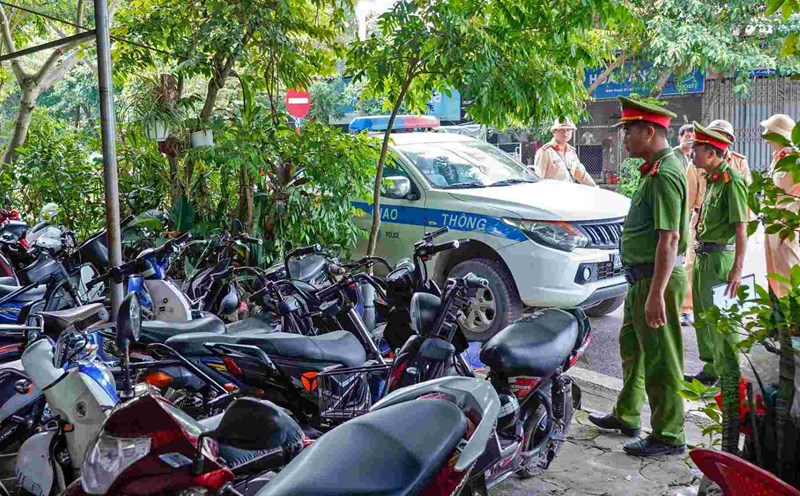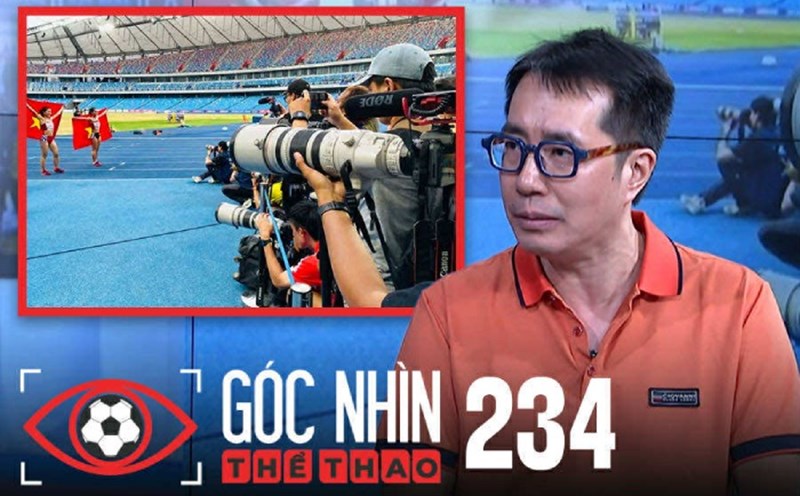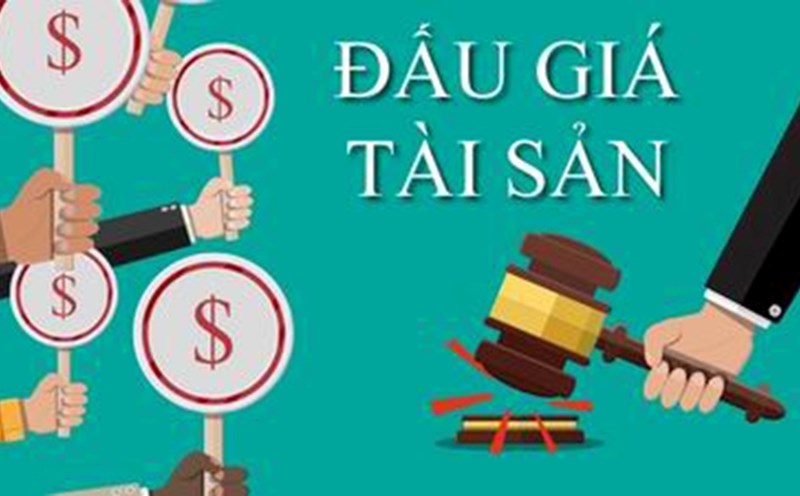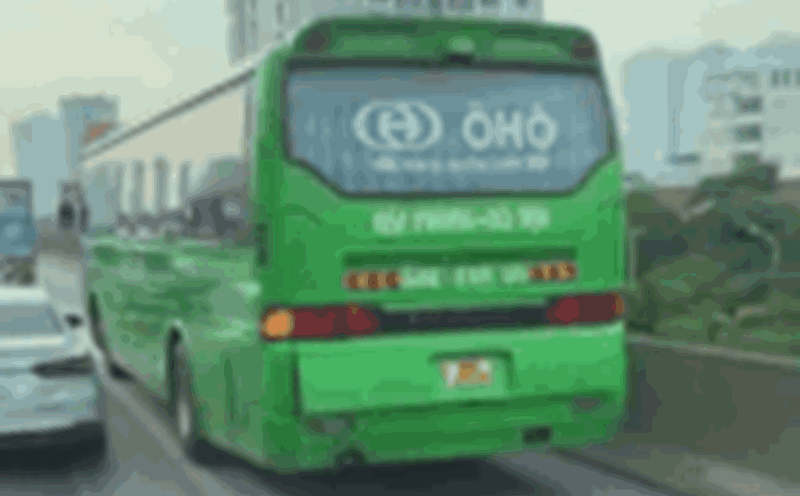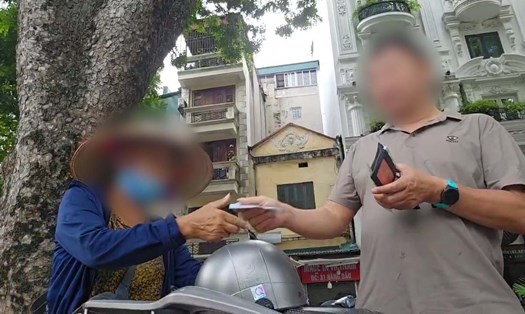For nearly a month now, Mr. Phong (Vinh Tuy ward, Hanoi) has had to change parking spaces 3 times but has not been able to find a suitable place. The small parking lots near Mr. Phong's house were packed.
"After the parking lot under Vinh Tuy Bridge was cleared, I struggled to find a parking spot. Before, I spent more than 2 million VND per month parking a car, now the cost is higher and I don't even have a place to park. Many people have to accept leaving it on the street" - Mr. Phong said.
Similarly, at the gate of the Central Geriatric Hospital on Phuong Mai Street in Kim Lien Ward, although the parking lot area right on the road is quite large, with the huge demand for examination by people, the parking lot is often overloaded.
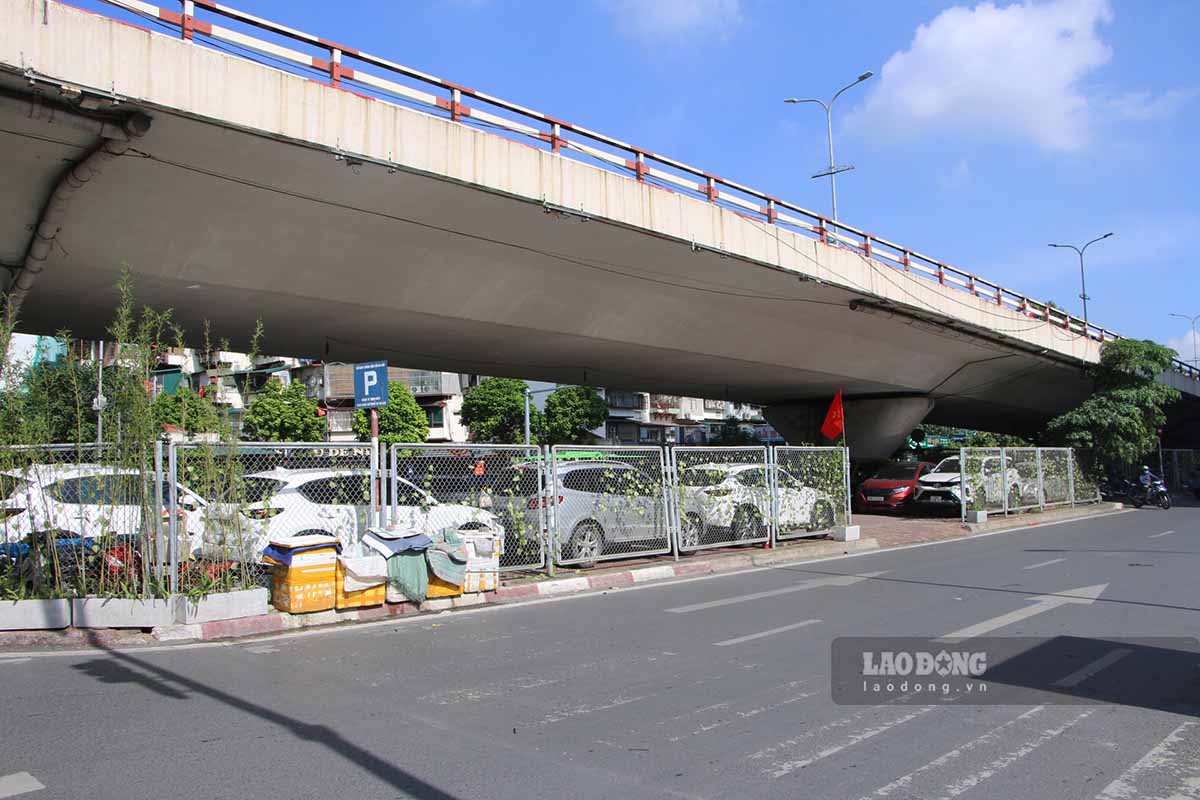
Ms. Hoang Linh (Bac Ninh province) said: "Although I left early, there was no place to park my car when I arrived at the hospital. Before, I used to send under the Vong overpass, but now this place is no longer there, so I have to go quite far".
Mr. Truong Minh Quang - Vice Chairman of Kim Lien Ward People's Committee - said that in the long term, the ward requires ensuring parking space for the needs of each facility, especially for hospitals and schools.
"We have an orientation and together with the Department of Planning and Architecture and the Department of Construction, plan to add static traffic points to basically solve people's need for parking spaces," Mr. Truong Minh Quang informed.
In the static traffic planning, Hanoi needs 1,620 parking lots, but so far only 72 lots have been put into operation, this is a reality like salt abandoned. That is also the reason why the space under Vinh Tuy, Chuong Duong bridges, Nga Tu Vong overpass, or the foot of Cat Linh - Ha Dong urban railway bridge has been used as a vehicle parking lot.
According to statistics, Hanoi currently has more than 1.1 million cars and nearly 7 million motorbikes, while static traffic infrastructure - that is, parking and parking lots - only meets about 10% of demand. This is still considered an unresolved problem in Hanoi.
Mr. Tran Ngoc Chinh - Chairman of the Vietnam Urban Planning and Development Association said that clearing parking lots under the bridge is the right thing to do, to ensure safety. Using these places as parking spaces is just a temporary solution.
According to Mr. Chinh, the growth rate of Hanoi's traffic is too high, so solving the problem of static traffic is very difficult. People accept to park their vehicles on the road and sidewalk even though they know it is unsafe and violates traffic laws.
"Although Hanoi has a plan for parking lots, the important thing is that in the inner city, the land fund for building parking lots is very difficult. The legality and policy mechanism for this issue are currently unclear, so investors are not interested," said Mr. Chinh.
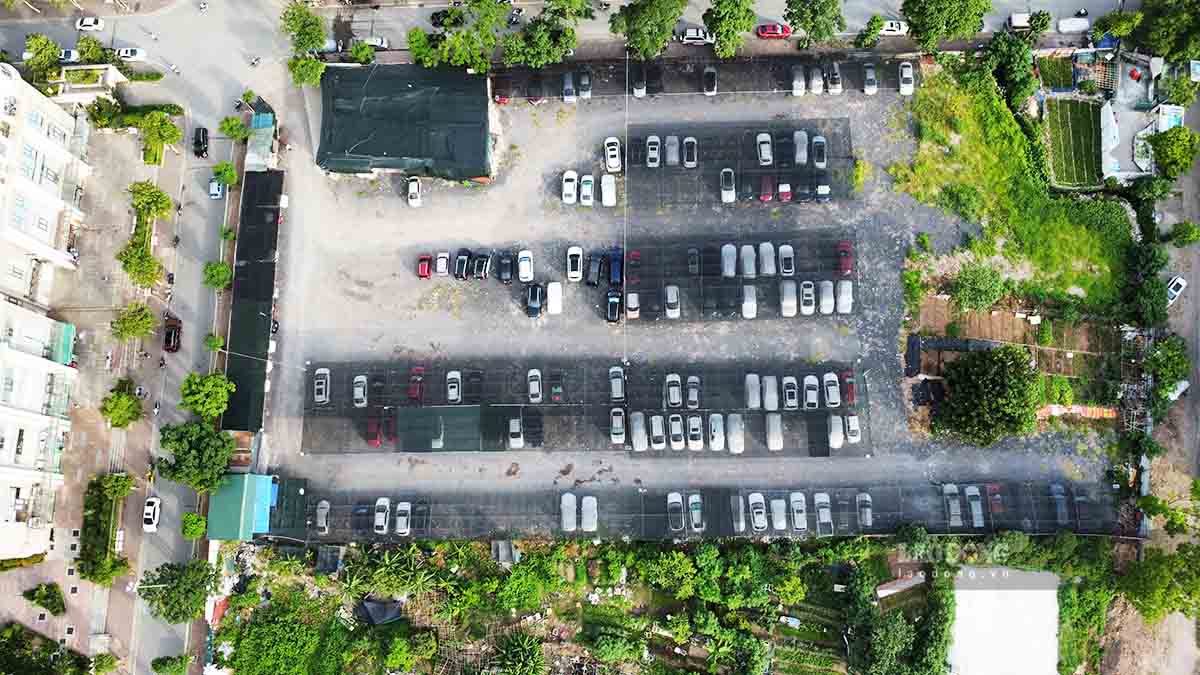
Smart parking lots, high-rise parking towers, and underground parking lots are expected to gradually solve the problem of static traffic in urban areas. However, building these points of land is very expensive while the current policy is not enough to attract investors.
"There must be appropriate policies and mechanisms, such as land lease exemption, and the state must take responsibility for site clearance. Here is the story of harmony of interests between the state and businesses.
In the long term, in addition to planning and reserving land for static traffic, the strong development of the public transport system so that people can switch from personal vehicles to public vehicles will reduce pressure on parking lots," said Mr. Tran Ngoc Chinh.

